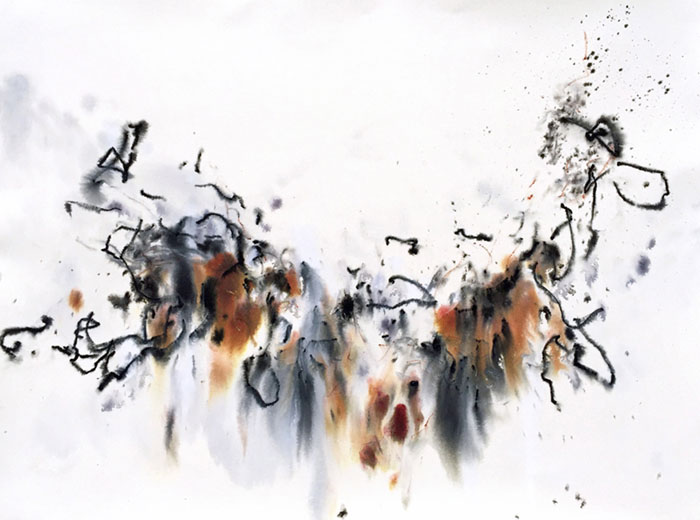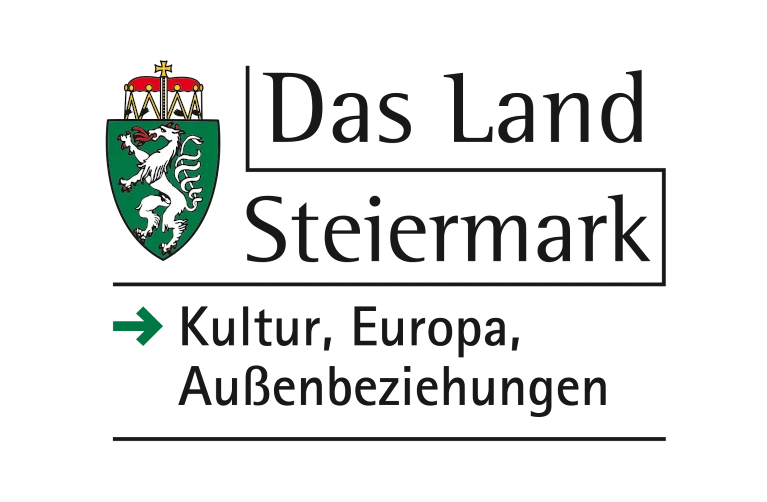Flash Fiction
by Ana Henriques Brotas

The question mark could have been born from an Egyptian cat. Its shape made to resemble the contour of its tail when especially curious. But the origin of the question mark is surrounded by discording accounts. Although many theories have appeared over time, most of them were debunked and one new narrative accepted as legitimate.
***
The proposition was introduced by the government. A commission studied the issue and recommended its implementation. The Storting approved and passed it to be signed by both the King and the Prime Minister. Finally, the new law came into force, one that aimed to stimulate economic growth. A new tax on all question marks.
The tax was high and it soon became evident that only the elite could pay. The fiercest opponents protested in the streets, with banners bearing the now taxed punctuation. An attempt to resist. Nothing changed the law, but the law changed everything.
Interviews were now considered to be a prestigious addition, highlighted as a statement of power, but not all newspapers could afford to print them. The smaller newspapers were suddenly in danger of closing their doors. In advertising, this inequality was also palpable. Big brands would print colossal question marks on billboards, teasing passersby to consume their products.
During the night at the miradouro, overlooking the flickering lights of the houses, undefined figures would tag around the walls. Distinctive versions of the question mark would come to light the next day, as eloquent symbols of grief.
In schools, teachers were instructed not to formulate any questions during classes, exams or evaluations. Pressured, exhausted and underpaid, they numbly adapted by converting any interrogation into a statement. Children, on the other hand, were passing notes to each other with little question marks, drafted in defiance of the new law as if they were love poems. Perhaps they were.
With time, the question mark mutated. Gradually lurking its way into existence, a different symbol appeared. Its new shape, in an effort to not be taxed, ceased to resemble the original one. It was no longer called a question mark, but everyone knew its meaning, or at least, accepted it as legitimate.
Appeared in Issue Fall '20
Nationality: Portuguese
First Language(s): Portuguese
Second Language(s):
English
Embassy/Permanent Mission of Portugal in Austria

Listen to Ana Henriques Brotas reading "Call Into Question".
Supported by:

